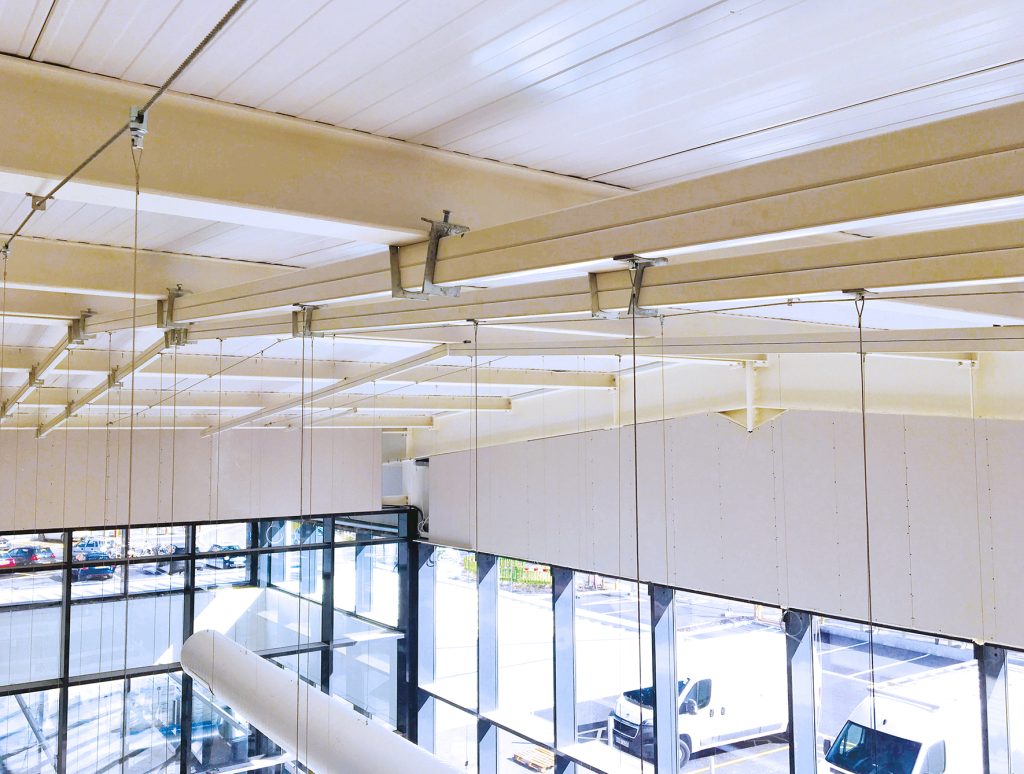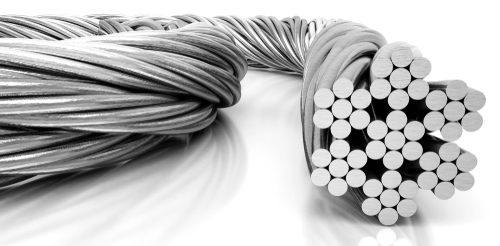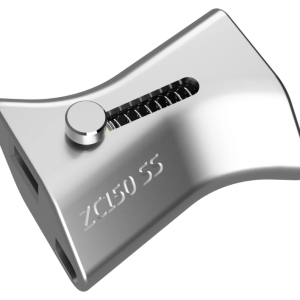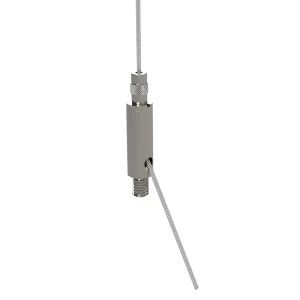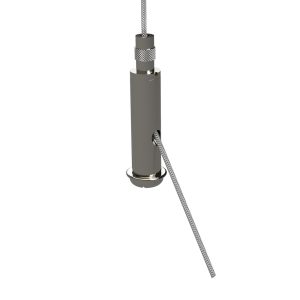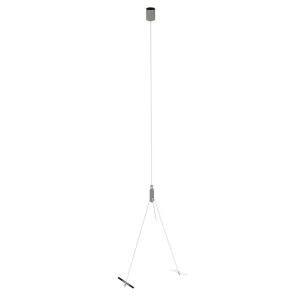In the ever-evolving world of construction, efficiency is key. Lean construction methodologies have gained traction in recent years as a means to streamline processes, reduce waste, and ultimately deliver projects on time and within budget. At the heart of lean construction lies the principle of eliminating unnecessary steps and optimizing resources. One tool that has emerged as a game-changer in this regard is the cable suspension system.
Traditionally, construction projects have relied on cumbersome support structures and scaffolding to facilitate the building process. However, these methods often pose significant logistical challenges and can contribute to inefficiencies. Enter cable suspension systems, a revolutionary approach that is transforming the construction industry.
So, what exactly are cable suspension systems, and how do they benefit lean construction practices?
Streamlined Installation
One of the primary advantages of cable suspension systems is their ease of installation. Unlike traditional support structures, which require time-consuming assembly and disassembly, cable systems can be quickly and efficiently installed with minimal effort. This streamlines the construction process, allowing workers to focus their time and energy on more critical tasks. Another contributing factor is the element of preconstruction off-site. Our Strut-Lock system for example, can be assembled ahead of delivery to enhance installation time greatly, while at the same time reducing waste presented on site.
Flexibility and Adaptability
In the fast-paced world of construction, adaptability is key. Cable suspension systems offer unparalleled flexibility, allowing for easy adjustments to accommodate changes in project scope or design. Whether it’s repositioning support points or altering the configuration of the system, contractors can quickly adapt to evolving requirements without costly delays.
Reduced Material Waste
Lean construction aims to minimize waste at every stage of the building process. Traditional support structures often require large quantities of materials, such as lumber and steel, which can contribute to waste and inefficiency. In contrast, cable suspension systems are lightweight and require fewer resources to install, reducing overall material consumption and waste.
Improved Safety
Safety is paramount on any construction site, and cable suspension systems are designed with this in mind. By eliminating the need for bulky support structures and scaffolding, these systems reduce the risk of accidents and injuries associated with falls and structural collapses. Additionally, the modular nature of cable systems allows for easy inspection and maintenance, ensuring that safety standards are consistently met throughout the project.
Enhanced Productivity
Ultimately, the goal of lean construction is to maximize productivity while minimizing waste. Cable suspension systems contribute to this objective by providing a platform for efficient work execution. With greater accessibility and fewer obstacles to contend with, workers can complete tasks more quickly and effectively, driving overall project efficiency.
Conclusion
In an industry where time is money, leveraging innovative solutions like cable suspension systems can make all the difference. By streamlining installation, enhancing flexibility, reducing waste, improving safety, and boosting productivity, these systems align perfectly with the principles of lean construction. As the construction landscape continues to evolve, embracing such technologies will be essential for staying ahead of the curve and delivering projects that meet the demands of today’s dynamic market.
Follow us on LinkedIn for more up to date information: Click here




